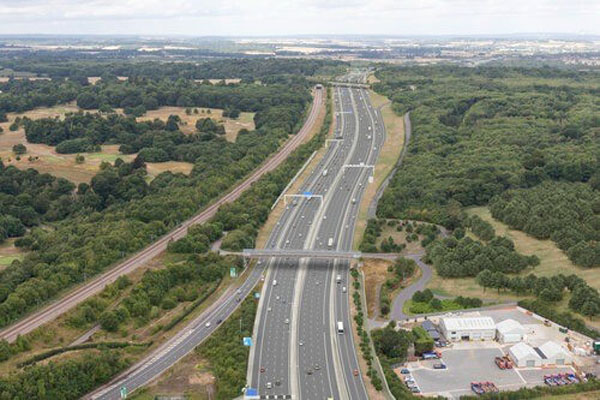A 'very long tail' of projects from the current Road Investment Strategy (RIS) will dominate the next strategy amid plans to focus more on maintenance and renewals, a top official from Parliament’s spending watchdog has said.
Jonny Mood, director, transport value for money at the National Audit Office (NAO), told a conference last week that the cost of projects moving from the 2020-25 strategy (RIS 2) to the next period (RIS 3) has grown further since the NAO’s 2022 report on National Highways’ progress with the current strategy.
He said: ‘As it stands, there is a very long tail of RIS 2 projects heading into RIS 3, at a time when the strategy for that investment period is intended to be geared more towards a better balance of maintenance and renewals.
‘And that tail of projects moving into RIS 3 has been growing. So in 2020, when the RIS 2 period was set, it was originally forecast that of the projects starting during RIS 2, planned during RIS 2, and heading into RIS 3, there'd be about £6bn worth of spend on those projects during RIS 3.
‘By the time we reported in 2022, that had risen to £11bn. And I believe the figure now is around £15bn for RIS 3 of projects moving from RIS 2 into RIS 3, if nothing else changes due to those projects slipping, inflation, and changes in scope.
‘And obviously, if that continued, that would be a huge commitment to taking up most of the enhancements budget.’

Last year, the Department for Transport’s permanent secretary told MPs that the cost of projects carried forward from RIS 2 would mean ‘very limited’ headroom for new enhancement projects in RIS 3, but said this would increase the importance of renewals and maintenance.
Mr Mood added that the first two road strategies had shown how strongly interlinked each strategy is with its predecessor, as many projects start in one period and then finish in another.
He said: ‘So there's opportunities there for National Highways and DFT to learn from the interactions between the different strategies to date, and use that to anticipate how the third strategy might interact with the fourth and its successors.
‘So, important for long-term planning and consideration of what strategically important projects are necessary and affordable, and then building the right consensus for them.’
Although the Government recently cancelled the £2bn A303 Stonehenge scheme, which was originally a RIS 1 project but was scheduled to run into RIS 3, the £9bn Lower Thames Crossing (pictured) remains on National Highways' books, albeit with doubts over its affordability, and is scheduled to run into RIS 4.




